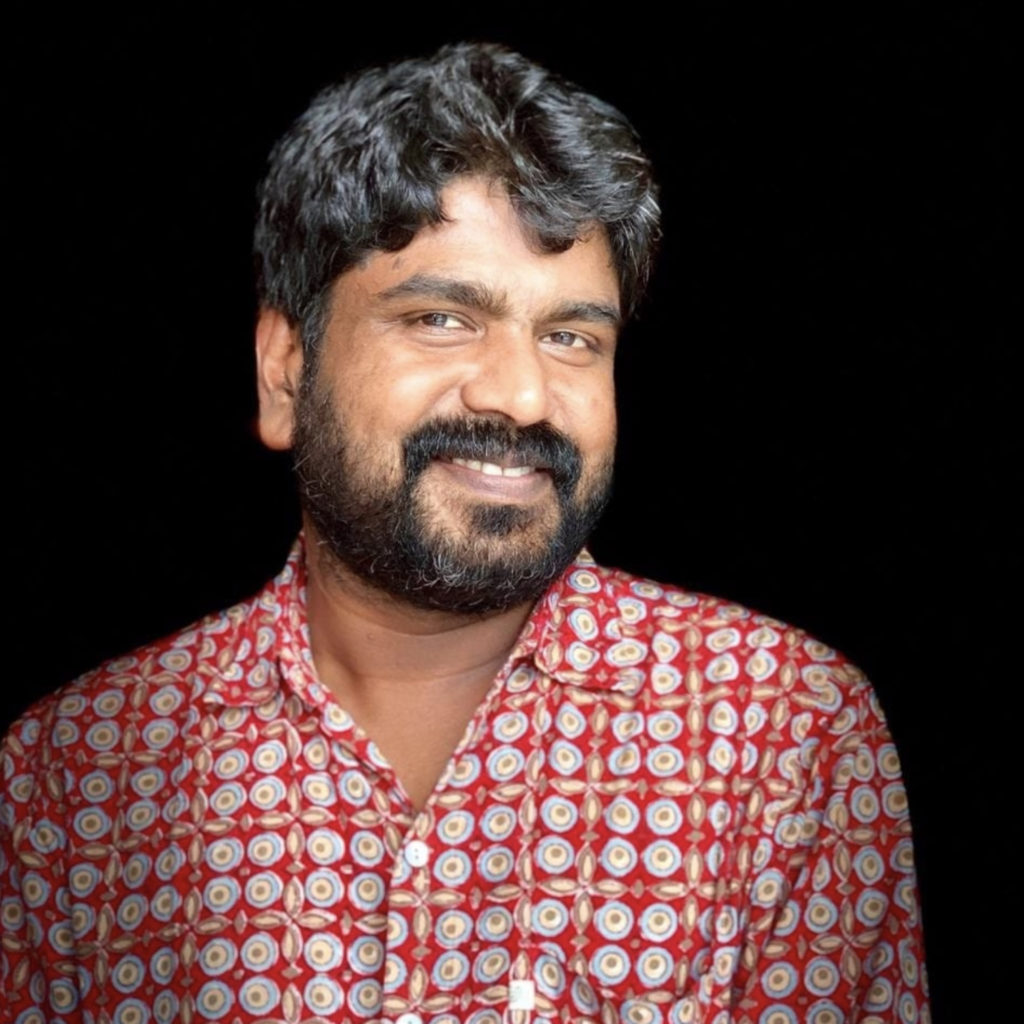
Sanju Surendran, an Indian film maker is a graduate of Film and Television Institute of India, Pune. At the Institute he picked his lessons from the legendary film maker Mani Kaul. Sanju has done a brief stint as a teacher of Film Direction and Screenwriting at the KR Narayanan National Institute of Visual Science and Arts, Kottayam , Kerala. His documentary on Kutiyattam, ‘Kapila’ won the National award for the Best Documentary and Special Mention at Visions du Reel, Switzerland. Sanju’s first feature film, ‘Aedan- Garden of Desire’ won Rajathachakoram award for the Best Debut Director and the FIPRESCI award for the best Malayalam film and four Kerala state film awards. His IMDB Profile is here.
As a child what were your early influences towards cinema? Art, literature, graphics, photography?
Childhood is a blossoming of curiosities. I was always interested in stories, colours and graphics. Bedside stories which my father would say or the dramatic narration of an incident by my mother. I used to draw and paint as a child and was quite impressed by the graphical film posters of filmmaker Bharathan et al. I was also a voracious reader. Maybe all this and more helped me in becoming a filmmaker.
How did you first become interested in film direction?
It was in college days that my love towards cinema crystallised and i decided to become a filmmaker. It was a time when I was exposed to world cinema, to film clubs and the process of shooting a film. It was a time when new politics and thoughts was emerging in the campus. I made a short film right after college and applied to FTII. I didn’t get through in the first go.
What steps did you take to train yourself?
The best way to learn films is by making one’s own films. You learn from your mistakes. You learn from your success. Film is something that can’t be taught but be learnt. Like Cezanne for example would get up everyday and walk a long distance and paint his outdoor canvases. It was like an everyday routine. Filmmaking is also like that. The more you practise , the more you perfect.
Have you assisted anyone? How does it help one?
I’ve assisted Sri Santosh Sivan in a Hindi film. It helps to understand the dynamics of film making on a large scale – management and aesthetic continuum of a feature film. Santosh Chettan is a genius. Working with him on the script and on the set is an enriching experience.
How did your first film project come about? Tell us something about the experience.
My documentary Kapila had won a National Award. After that we as a team were well prepared to make a feature film. I was teaching at KR Narayanan Film School , Kerala when a friend introduced me to the stories of S Hareesh. I loved it! It was very real but very surreal at the same time. I wanted to make a film on the stories. Luckily I got a producer who was willing to share my dreams and we went about making the film.
Tell us something about crowd funding. Do you think the process can be improved and become a larger contributor to a film’s budget?
Yes. But right now in India, its in a fledgling state. There’s too many paperwork and very less money. The highest amount crowd funded for a feature film is barely able to cover its post production expenses.
How do you decide on a film subject. What are your inspirations?
It can be a story. It can be a painting. It can be a dance.
It can be anything which inspires and sustains.
Is film direction intuitive or is it something you learn?
Its both. You learn about cinema everyday. You watch films. Read about films. Engage with people on films. But while shooting you forget all these and just make your own film. Trust your intuition.
Do you think the audience is perceptive about how a director establishes a mis en scene in the sense of time and space?
The audience is very arbitrary. Sometimes they may reject a wonderful film or praise a very mediocre film. They can also be very critical or unnecessarily full of praise. So how do we make films for the audience ? In the ancient art of Kutiyattam, the performers train by drawing an invisible wall between the audience and themselves. So that they are never influenced by the tastes of the audience. They can perform according to their own desires. Similar is the case of filmmakers. They should do their own stuff.
Film is a director’s medium, though it is often looked at as driven by Film stars. How do you deal with it?
The presence of a star in a film helps to graner a films budget. But things have changed. Its possible to make a film on a shoe-string budget. Like Astruc’s Camera Stylo the cinema has evolved to a very poetic , very light , very tangiable, very democratic medium.
Tell us something about your film ‘Aedan’
‘Aedan’ is more of a folk tale in its elemental qualities and evocation of eternal human passions. The stories attempt a microscopic examination of the human psyche.
What we see in the subdued, underplayed narration is a whirlwind of emotions – lust, passion, envy and rage. Life and death, game and crime, loss and lust, light and shade, rain and shine play hide and seek against the dark, bright and grey backdrops. As the movie traverses through the emotional universes of the characters, the idyllic landscape of a beautiful Kerala village takes on diabolic dimensions in the night.
Your favorite films or directors? At least two of them?
Mani Kaul and Robert Bresson.
Mani Kaul, to my mind, is one of the greatest filmmakers.He was actually a filmmaker of the future especially with the way his thought process worked or the way he discussed cinema. When he came to FTII, he conducted a master class and that’s when I discovered the kind of insights he has on cinema as a craft. He was very particular that as filmmakers, we realise our own true nature. Imitating a technique is easy but an artist’s true mark is to be able to find your own self, he would say. My first film is my attempt to pay tribute to cinema and to find my style.
And Robert Bresson is a revolutionary who brought to light the full powers of the film medium.
Any hurdles you have encountered in your journey. Things that are blocks in a achieving your vision while making your film.
Only one. The Censor Board.
Do you often get all that is in your wish list or is it a hard bargain every time?
Yes. I’m lucky till now. I could make the films I want to make without any compromise.
What is in the kitty now?
A love story based in Middle East and Kerala. Possibly the wildest love story ever told.
Any advice to the aspiring directors?
Invent. Re-invent.
Any memorable blunders?
Student blunders at FTII while shooting TV project etc.
Your dream project?
A short story by C.Ayyappan – who is one of India’s best storywriters – but literally unknown to the outside world. Its a supernatural tale of love and lust set in the seventies.
Who would you like to take out for dinner?
Friends – when meeting them after a long time or continuing an ongoing conversation.
What are you listening to right now? And most recent book? And Movie?
Pelva Naik’s dhrupad vocals.
‘The war of the end of the world’ by Mario Vargas Llosa.
Honeyland by Tamara Kotevska,Ljubomir Stefanov.
Your twitter handle?
Twitter @sanju_surendran. My website is www.sanjusurendran.com


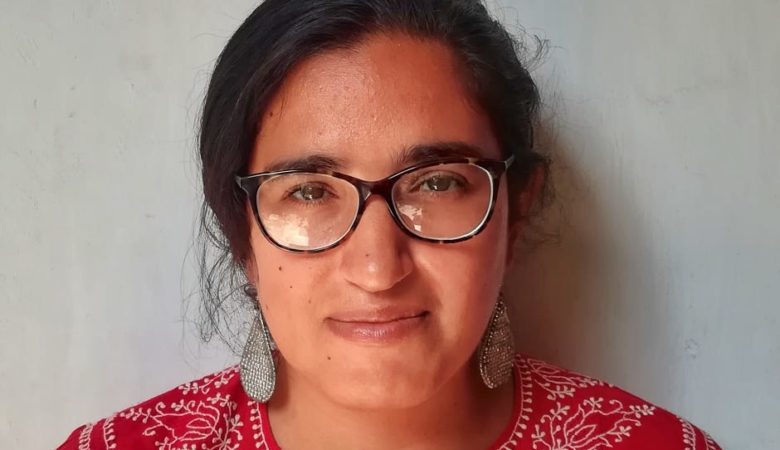
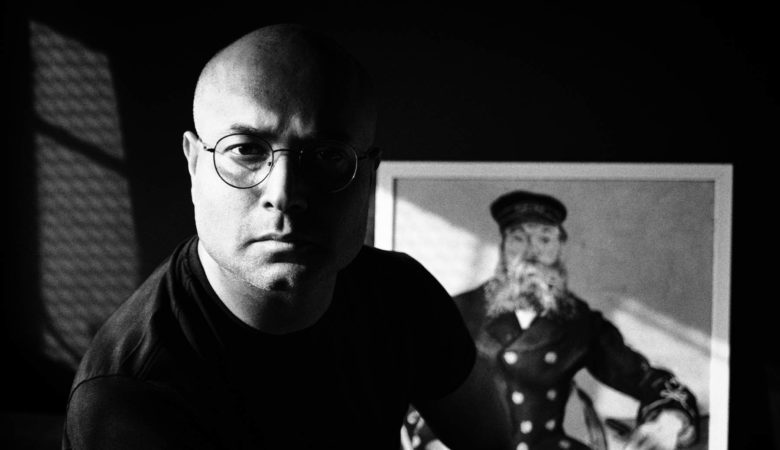
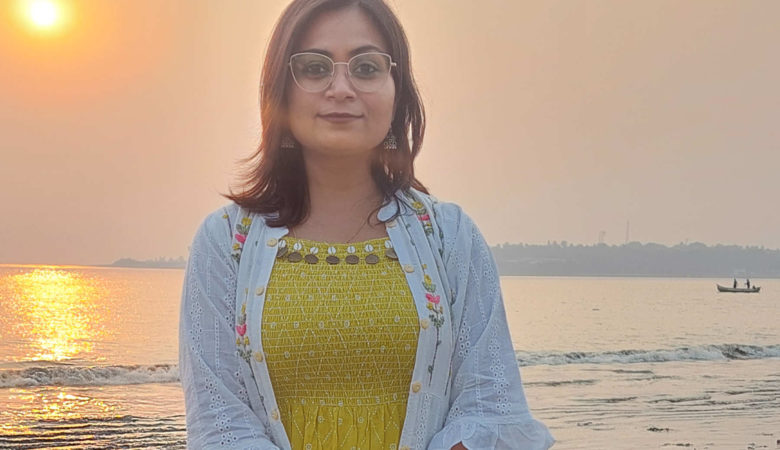
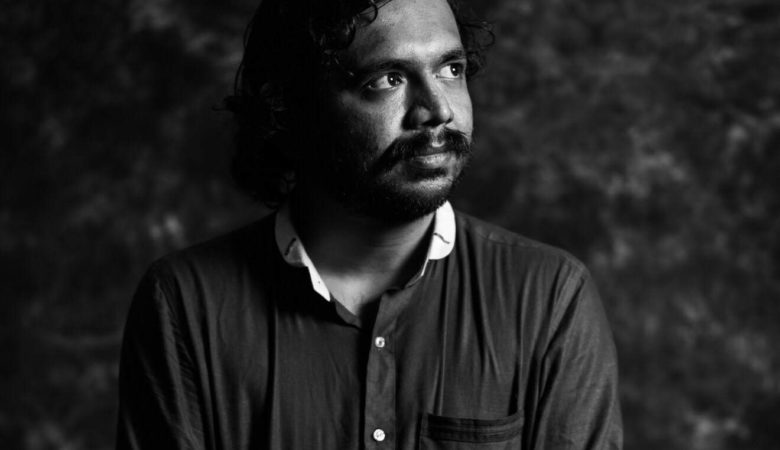



Leave a Reply